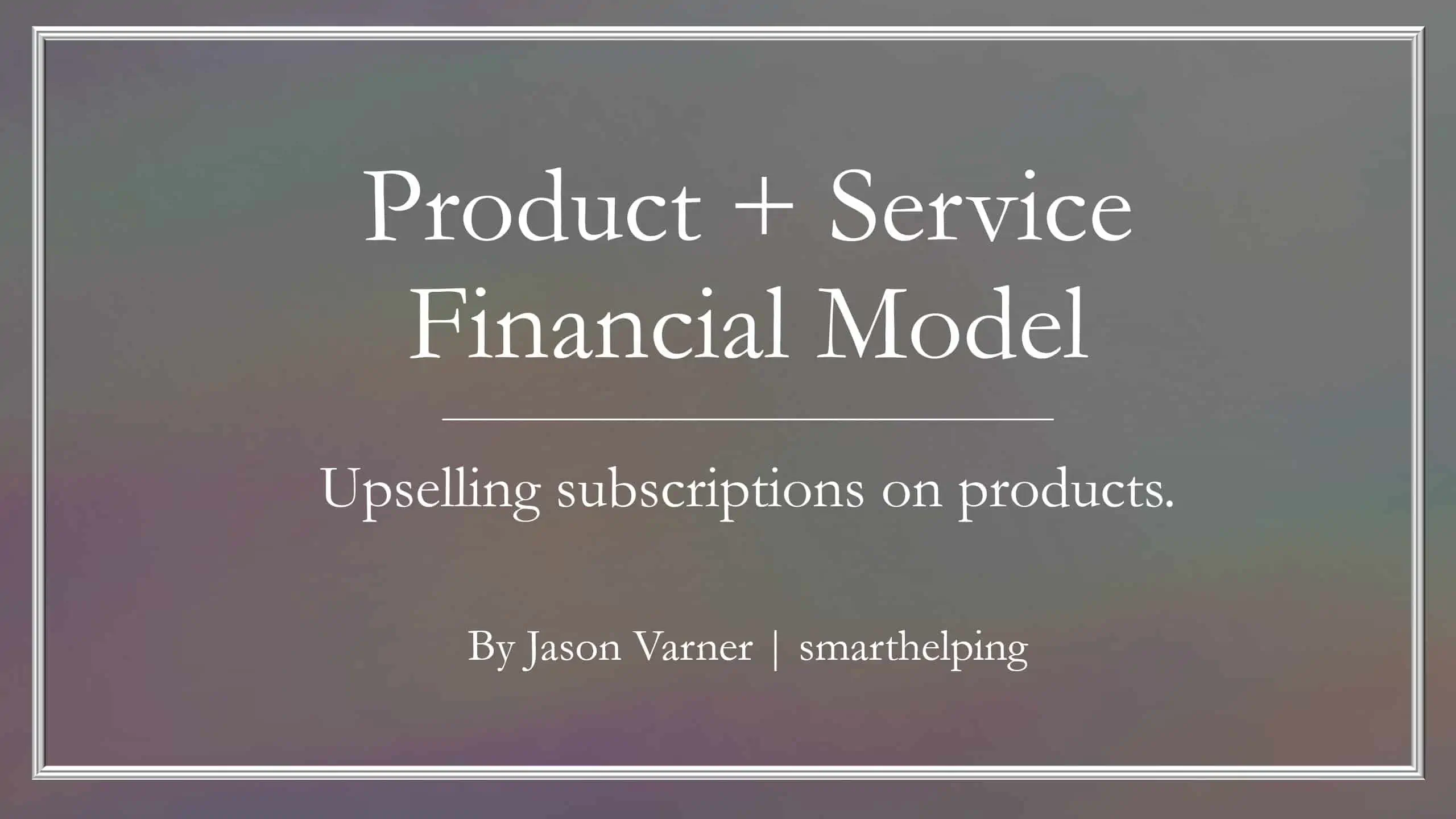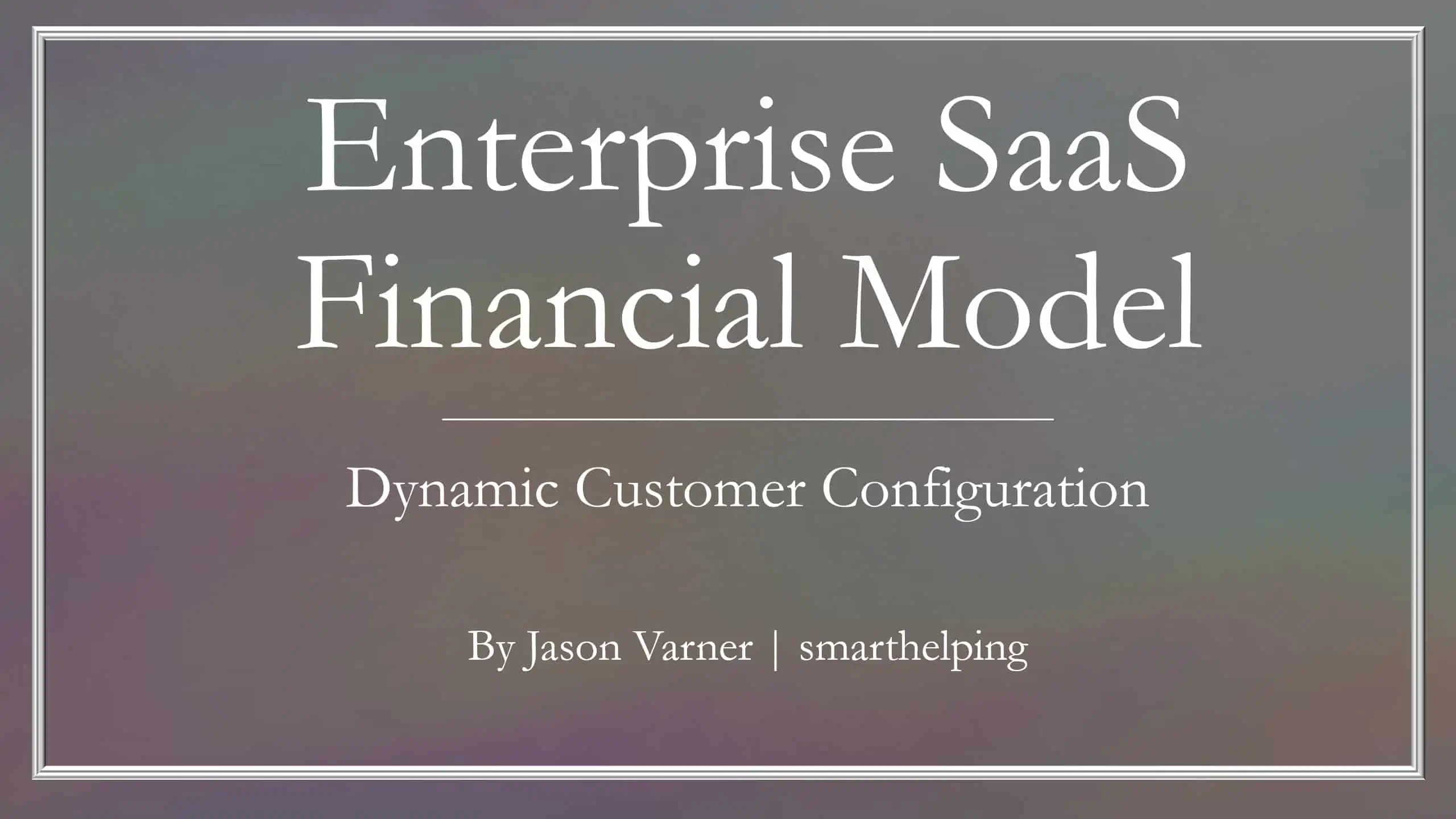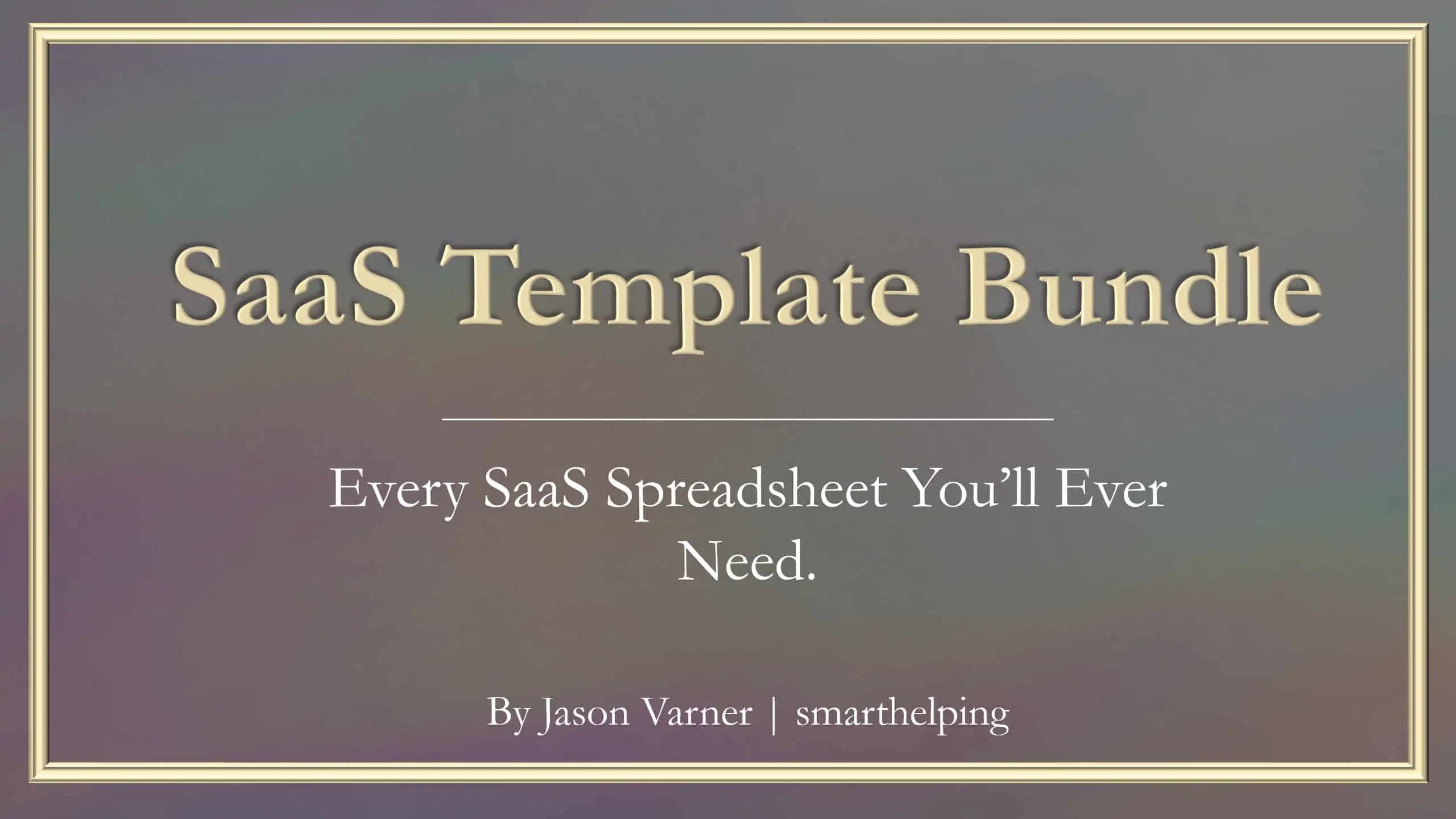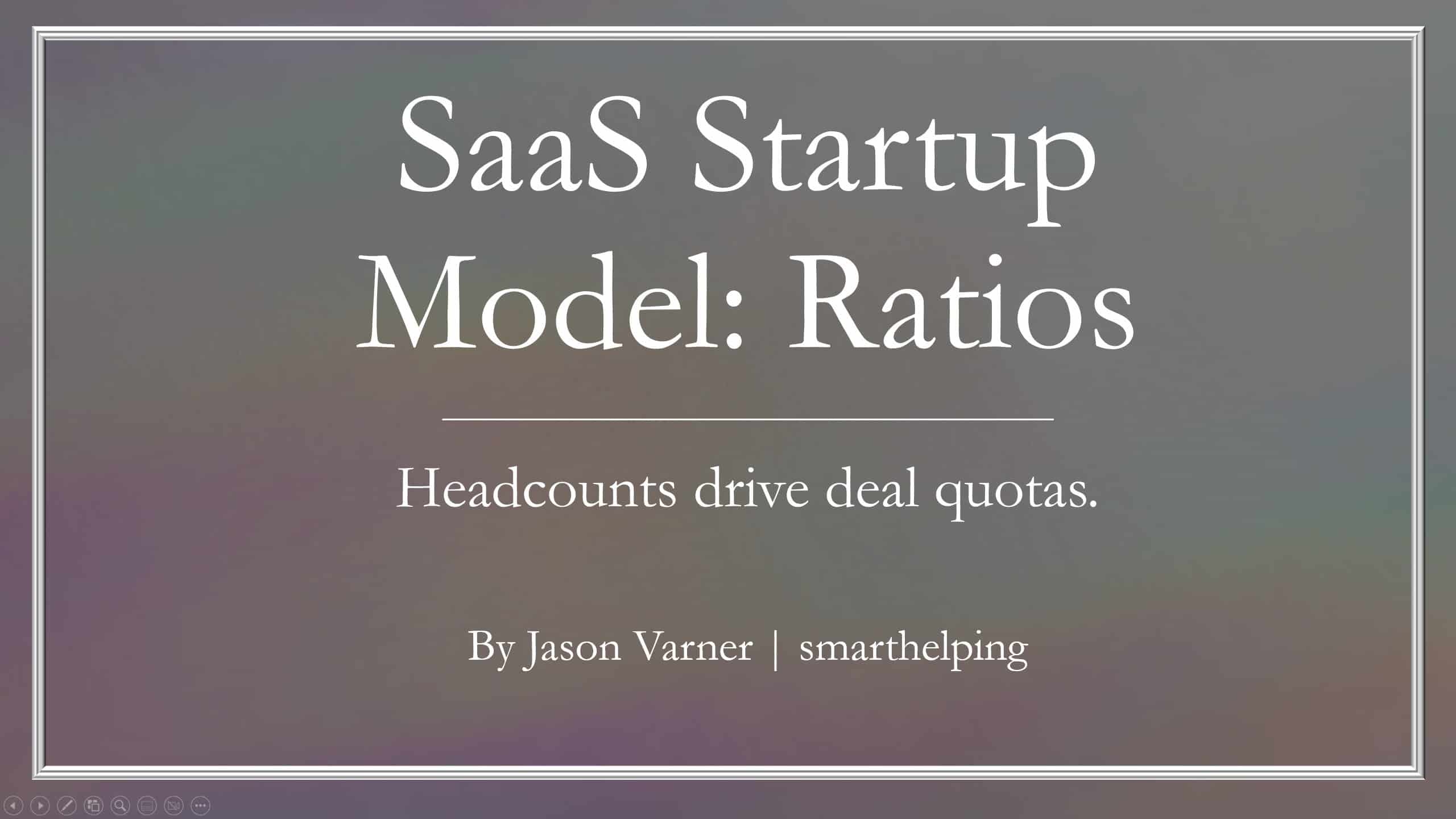Property Management Business Financial Model
Create a wide range of scenarios for the financial forecasting of a property management business. Includes an integrated 3 statement model.

Video Overview:
Mix real estate and SaaS (software-as-a-service), and you have a property management business. This is the best logic you will find to forecast the startup and operations of such a business.
Property management businesses make money by charging a fee for their services. These fees can be a percentage of the rent collected from tenants, a flat fee, or a combination of both.
The costs of running a property management business include the following:
– Salaries for staff: Property management businesses typically have a team of employees, including property managers, leasing agents, and maintenance staff.
– Marketing and advertising costs: Property management businesses may need to advertise their services and properties in order to attract clients and tenants.
– Legal and professional fees: Property management businesses may incur legal and professional fees for services such as drafting contracts, preparing documents, and obtaining licenses and permits.
– Office expenses: Property management businesses may have office expenses such as rent, utilities, and supplies.
– Maintenance and repair costs: Property management businesses are responsible for maintaining and repairing the properties they manage. This can include paying for repairs, replacements, and upgrades.
– Insurance: Property management businesses may need to purchase insurance to protect against liability and loss.
Overall, the costs of running a property management business will depend on the size and scope of the business and the properties it manages.
This template makes it easy to account for variable and fixed costs, so you get the proper scaling economics based on total units under management.
Customer Configurations:
– Define up to 2 types of customer channels (your customers are property owners / landlords)
– Define the yearly goal of new customers added and the monthly percentage of that goal achieved across 60 months.
– Define the average units per customer (adjustable on a monthly basis)
– Define the average monthly rent of customers added
– Define the average contract length of a customer and the renewal rate (retention)
Output Reports:
– Monthly and Annual Financial Statements (IS/BS/CF)
– Annual Executive Summary
– DCF Analysis / NPV / IRR / Equity Multiple
– Cap Table (if outside investors are included)
– Monthly / Annual cash flow detail
– Really slick visualizations
Similar Products
Other customers were also interested in...
Data-as-a-Service Financial Feasibility Study
This model is built for data-as-a-service startups. If you have valuable data to monetize, this temp... Read more
Product + Subscription Financial Model
Build a strategy for adding recurring revenues services to your product. Includes financial statemen... Read more
Marketplace with 3 Subscription Tiers: 5 Year Fina...
I built marketplace assumptions on to of my best subscription forecasting model to get this beautifu... Read more
Subscription Box Financial Model – Up to 72 ...
Test many variables in this financial model for a subscription box company. Includes up to six prici... Read more
5-Year Enterprise SaaS Financial Model – 3 C...
A dynamic financial model to forecast monthly and annual customers/revenues/expenses for a SaaS comp... Read more
SaaS Financial Model Bundle
This is a bundle of Financial Model Templates for SaaS businesses and their related sectors such as ... Read more
Ratio-Based SaaS Model – Smarter Scaling Log...
This model makes it easier to forecast the scaling out of a SaaS model that is dependent on Account ... Read more
Industry Based Financial Models (Variety Bundle)
There are currently 52 unique financial models included in this bundle. Nearly all of that include a... Read more
Product-as-a-Service (PaaS) Financial Model
This is a true PaaS model with flexible build-out assumptions, capacity sanity checks, and direct sa... Read more
Function-as-a-Service (serverless computing) Finan...
Create financial projections for a FaaS cloud computing services business. This is a recurring reven... Read more
You must log in to submit a review.
























